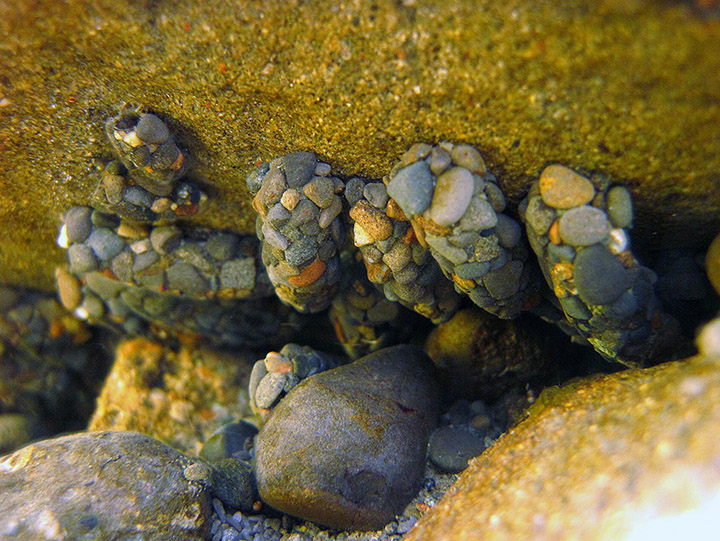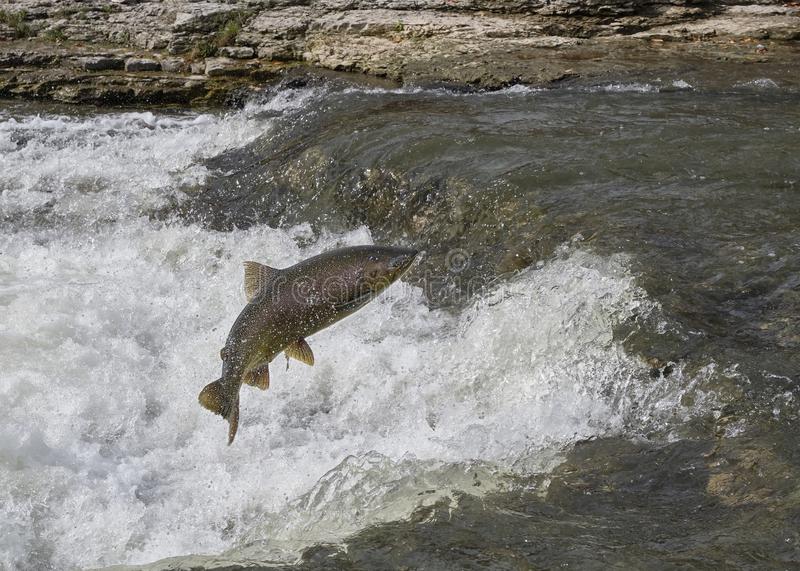-
Analyzing aquatic biological data
Categories: Estimated reading time: 2 minutes
Regulatory and resource agencies sometimes require collection of benthic macroinvertebrates and/or fish for baseline data or permit compliance. Too often they do not know what they will do with the data. Correctly analyzing and interpreting these data yields valuable information that operators and regulators can use to make well-informed decisions regarding Clean Water Act compliance. Aquatic biotic communities reflect ambient water quality conditions much better than do chemical concentrations. This is particularly true for benthic macroinvertebrates as they are less mobile than fish. -
Aquatic Biota Are Compositions
Categories: Estimated reading time: 2 minutes
The Clean Water Act (CWA) declares it is the national goal of water quality to provide for the protection and propagation of fish, shellfish, and wildlife and provide for recreation in and on the water. The US Environmental Protection Agency’s(EPA) historic approach is developing a national chemical criterion for chemical elements. There are so many differences in aquatic ecosystems across the US that a more pragmatic approach uses the aquatic biota – benthic macroinvertebrates – to quantify local community’s variability and response to anthropogenic activities. -
Aquatic Biota Are Compositions
Categories: Estimated reading time: 2 minutes
The Clean Water Act (CWA) declares it is the national goal of water quality to provide for the protection and propagation of fish, shellfish, and wildlife and provide for recreation in and on the water. The US Environmental Protection Agency’s(EPA) historic approach is developing a national chemical criterion for chemical elements. There are so many differences in aquatic ecosystems across the US that a more pragmatic approach uses the aquatic biota – benthic macroinvertebrates – to quantify local community’s variability and response to anthropogenic activities. -
The EPA, and many state regulators, consider aquatic life to be the highest designated beneficial use of water. Closely related to this water quality standard is “fishable and swimmable”. The latter is easier to define and to assess attainment: if fish are present all water quality variables suit their needs; when there are no human parasites or known toxic chemicals water quality is swimmable. The aquatic life water quality standard is not as easy to define and measure.
-
Environmental Issues Involving Water Quality Data
Categories: Estimated reading time: 2 minutes
When a permitting, compliance, or litigation case involves geochemistry (water, sediments, soils, rocks) using the appropriate statistical analyses of available data-–and communicating the results to non-technical decision-makers or finders of fact clearly and effectively-–are critical. This is particularly true when a client can be penalized by a regulatory agency or sued by an environmental NGO for violating the Clean Water Act (CWA) by exceeding the arbitrary maximum concentration limit for the chemical. -
Dissolved metals such as copper, cadmium, and zinc can be toxic to aquatic life, particularly fish. The current tool used to estimate site-specific water quality criteria for a metal is the biotic ligand model (BLM). The BLM intends to quantify how water chemistry affects speciation and biological availability of metals in aquatic ecosystems. This is important because bioavailability and bioreactivity of metals control their potential for acute or chronic harm. A BLM incorporates aquatic chemistry, fish physiology, and ecotoxicology but not ecology.
-
Metals and Aquatic Life
Categories: Estimated reading time: 2 minutes
Dissolved metals such as copper, cadmium, and zinc can be toxic to aquatic life, particularly fish. The current tool used to estimate site-specific water quality criteria for a metal is the biotic ligand model (BLM). The BLM intends to quantify how water chemistry affects chemical speciation and biological availability of metals in aquatic ecosystems. This is important because bioavailability and bioreactivity of metals control their potential for acute or chronic harm. -
Standards for Non-Potable Water Quality
Categories: Estimated reading time: 2 minutes
Chemical standards are appropriate for human drinking water sources, but generally not for non-potable waters supporting fish and wildlife. This is because water chemistry is highly variable, measurements are isolated in time and space, and point measures are difficult to interpret as suitable for fish and wildlife. Biological-based standards of water quality are more appropriate because the presence of aquatic organisms reflect water quality integrated over time and space. Biological water quality measures have been of interest to environmental scientists and regulators for about 40 years. -
Water Quality Standards: Designated Uses
Categories: Estimated reading time: 3 minutes
The EPA requires states to protect designated beneficial uses of water such as municipal water supplies; protection of fish, shellfish, and wildlife; and recreational, agricultural, industrial, and navigational purposes. States are required to examine the suitability of a water body for designated uses based on physical, chemical, and biological characteristics as well as its geographical setting, scenic qualities, and economic considerations. EPA’s highest designated use is “fishable/swimmable”. All designated uses are to be assessed to determine whether they do, or can, attain suitable quality. -
When Fish and Wildlife are the Issue
Categories: Estimated reading time: 2 minutes
There are many plant and animal species considered to be threatened, endangered, or of special concern to regulators and the public. Correctly estimating population sizes, relationship to habitats, and potential effects of industrial activities is crucial to many environmental concerns of regulators, project opponents, and the public. The most effective approach to addressing these concerns is to quantify how potential activities could effect a species, local population, or human management unit such as stocks and present the results in language understood by non-technical decision-makers, including finders of fact in environmental litigation.





